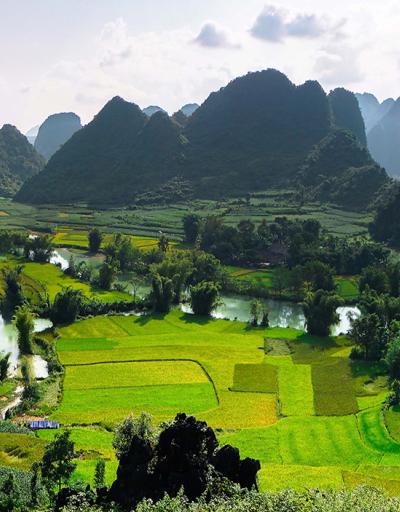
Cretaceous Earth Dynamics and Climate in Asia
The Cretaceous period was the most recent, warmest period in the Phanerozoic Era, and had elevated atmospheric CO2 levels and significantly higher global sea levels compared with today. The proposed project will be based on Earth system science, to reveal the 'Cretaceous Greenhouse', Earth's oceanic and terrestrial climates, and the evolution of environmental conditions. This will lead to an in-depth understanding of the existing characteristics of rapid climate and environmental changes and global warming. We will explore the processes and mechanisms of rapid change in climate and the environment under greenhouse conditions during the Cretaceous period, and the evolutionary responses of biodiversity on land and in the oceans of the Asian continent.
Three main topics will be addressed:
- High-resolution Cretaceous geological records of sea and land facies in Asia;
- Climate and environment; and
- The nature of linkages between major geological events and rapid climate and environmental changes, so as to understand biodiversity evolution under greenhouse climate conditions.
These results will provide scientific evidence for human response to contemporary global warming trends. The project will play an important role in promoting geoscience communication among Asian countries, as well as some countries outside Asia.
Key information
Nanjing Institute of Geology and Palaeontology Chinese Academy of Sciences
Highlights
Field excursion in Shandong Province, China.
In July 2019, organizing committee members of the First International Symposium of IGCP 679, went on a pre-symposium field excursion in the Shandong Province.

Northern Apennines Fieldtrip
In July 2019, Chinese, Japanese and Italian scientists did field investigation for Early Cretaceous marine sediments in the Northern Apennines, central Italy.

Fieldtrip in Slovakia
In June 2019, members of IGCP 679 studied the Jurassic/Cretaceous boundary sections in Slovakia.



